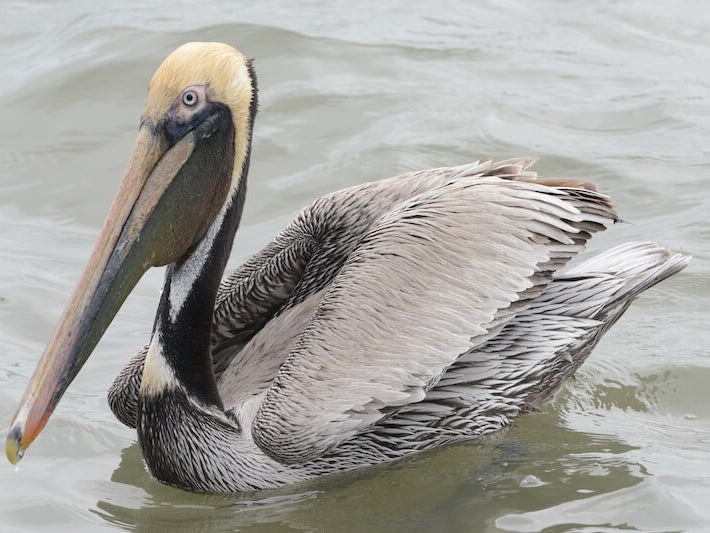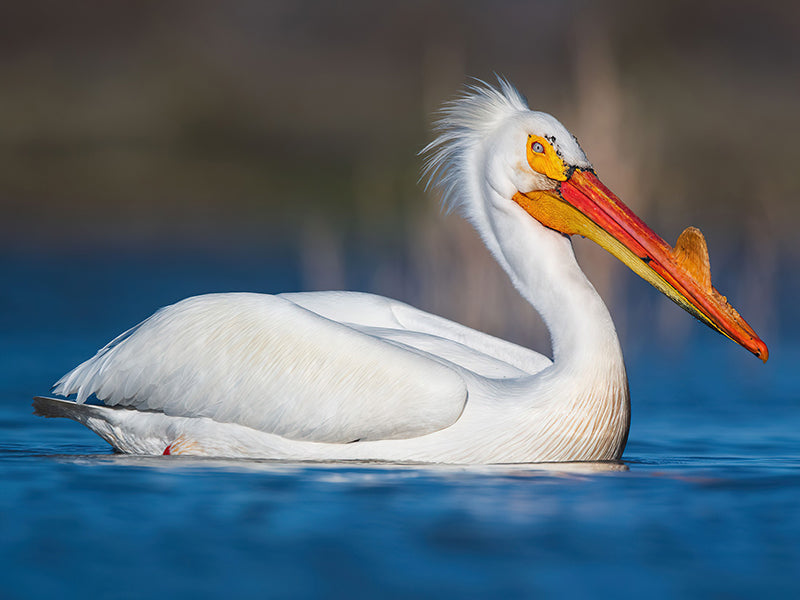Pelicans
| Order: PELECANIFORMES - Family: PELECANIDAE |
| 8 Species currently existing - 1 in region + 1 vagrant |
Description: Pelicans are large water birds with long bills and a large throat pouch used for capturing fish. They have webbed feet and are excellent swimmers. Read in Spanish
Species: There are eight different species of pelicans worldwide, with the American white pelican and the brown pelican being the most common in North America.
Habitat: Pelicans are found on coastlines, in lakes, rivers, and marshes. They are distributed globally, with some species found in both freshwater and saltwater habitats.
Diet: Pelicans are primarily piscivorous, meaning they mainly eat fish. They catch fish by plunging their bills into the water or by scooping them up while swimming.
Breeding: Pelicans often nest in colonies, building their nests on the ground or in trees. They typically lay 2-3 eggs, and both parents take turns incubating the eggs and caring for the chicks.
Behavior: Pelicans are known for their distinctive feeding behavior, which often involves cooperative fishing where they work together to herd fish into shallower water before catching them.
Migration: Many pelican species are migratory, traveling long distances between their breeding and wintering grounds.
Pelicans are fascinating birds with unique characteristics and behaviors that make them a popular subject for birdwatchers and nature enthusiasts.

Brown Pelican
Pelecanus occidentalis
Spanish Name: Pelícano Pardo
Size: 52 in | 132 cm
Habitat: Coastal waters.
Height: <300 m
Photo: © Luis A. Materon

American White Pelican
Pelecanus erythrorhynchos
Spanish Name: Pelícano Blanco Americano
Size: 62 in | 157 cm
Habitat: Mangroves.
Height: Sea level in San Andres Island.
Photo: © Gerrit Vyn eBird S62201884 Macaulay Library ML 192450401

